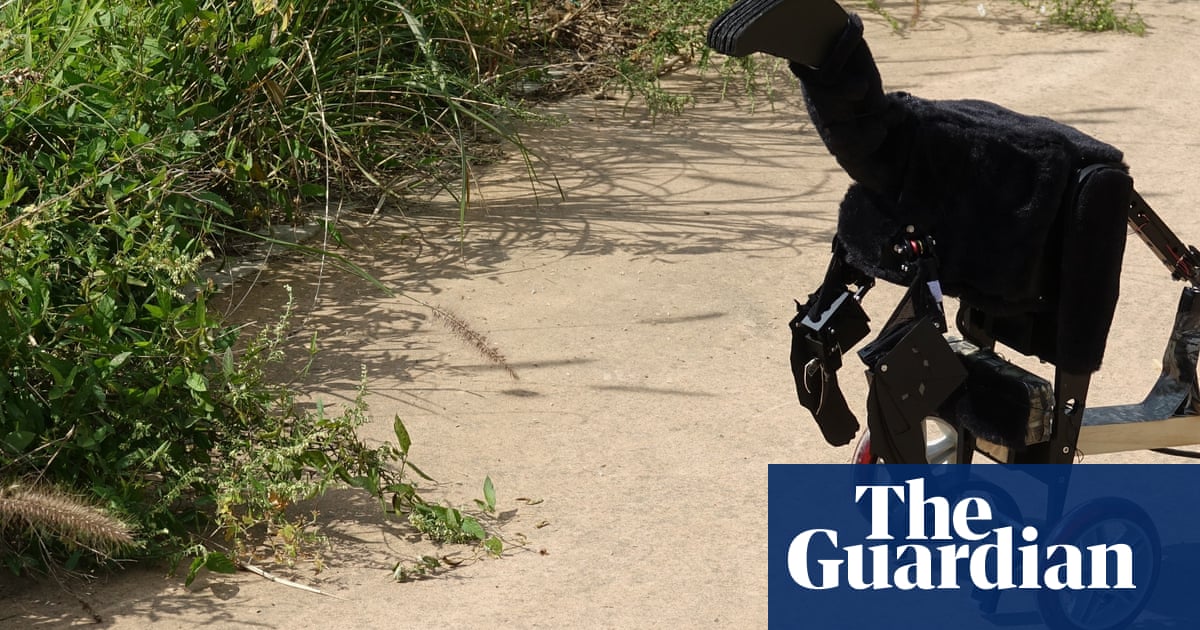Model used by researchers in South Korea suggests early feathers may have helped creatures such as Caudipteryx to flush out prey
The problem with being an expert on dinosaur behaviour is that little can be inferred from the fossilised bones of beasts that died millions of years ago.
For researchers in South Korea, however, the absence of any living creatures to observe was merely another challenge to overcome. Enter Robopteryx, a robot that resembles – if one squints and ignores the wheels – the prehistoric, peacock-sized and fan-tailed omnivore, Caudipteryx.
The scientists built the machine to test their ideas about the origins of birds’ wings and tails. Before the first feathered flight, some dinosaurs developed feathered forearms and tails, but these were too weak to get the animals airborne. What drove their evolution is still up for debate.



Clearly, the females preferred males with pretty feathers. The rest is history.